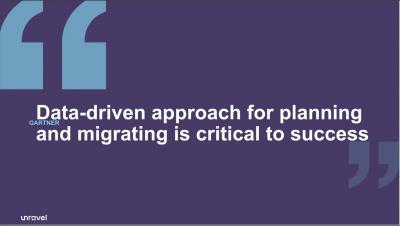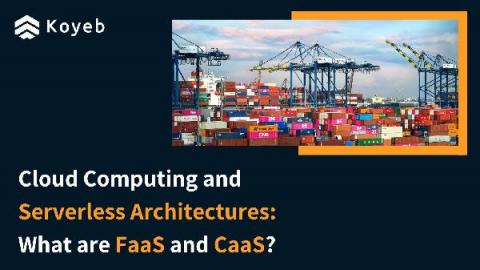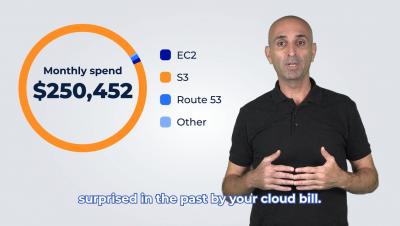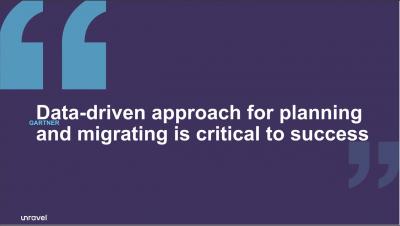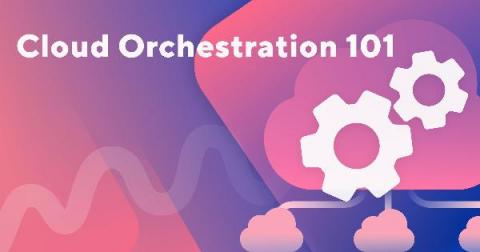Systems | Development | Analytics | API | Testing
Cloud
How to ace on premise to cloud migration in 2021
How Emirates And Allianz Benelux Are Transforming Customer Service With The Data Cloud
Snowflake met with Jan Doumen, Head of Expertise for Allianz Benelux, and Naveed Memon, Program Director, Data and Analytics for Emirates, at Data Cloud Summit 2020. Read excerpts from the conversation to learn how capturing data insights in the Data Cloud brings value to their businesses. Data’s value in the 21st century is often compared to oil’s value in the 18th century. It can transform organizations, opening doors to unprecedented opportunities.
A Cost-Effective Data Warehouse Solution in CDP Public Cloud - Part1
Today’s customers have a growing need for a faster end to end data ingestion to meet the expected speed of insights and overall business demand. This ‘need for speed’ drives a rethink on building a more modern data warehouse solution, one that balances speed with platform cost management, performance, and reliability.
Cloud Computing and Serverless Architectures: What are FaaS and CaaS?
When creating new cloud-native applications, developers need to choose the development and deployment methods that best serves their application's needs and purpose. At the same time, organizations are always looking to optimize their cloud budgets and efficiency. Two popular deployment strategies are Function as a Service (FaaS) and Container as a Service (CaaS). Perhaps you've heard about them!
Why choose Anodot for AWS cloud costs monitoring?
High-Performance, Cost-Effective Move to Azure
Cloud Orchestration 101 | A Complete Guide for Beginners
With the expectation to become a $623 billion market by 2023, cloud computing is firmly planted in the technological field. Specifically, the more information that’s created, the higher the demand there is for quick access and manipulation of that data. Therefore, what cloud services offer to end-users is usable and essential: unlimited data storage, disaster recovery, and worldwide access.
Introducing real-time data integration for BigQuery with Cloud Data Fusion
Businesses today have a growing demand for real-time data integration, analysis, and action. More often than not, the valuable data driving these actions—transactional and operational data—is stored either on-prem or in public clouds in traditional relational databases that aren’t suitable for continuous analytics.
Amazon Athena: The Data Lake Revitalizer
The data lakes concept has come back into popular focus with Amazon Athena, an innovative, serverless solution. But does it fit into your organization’s data stack? This article covers Amazon Athena capabilities, pros and cons, competitors, and use cases.


